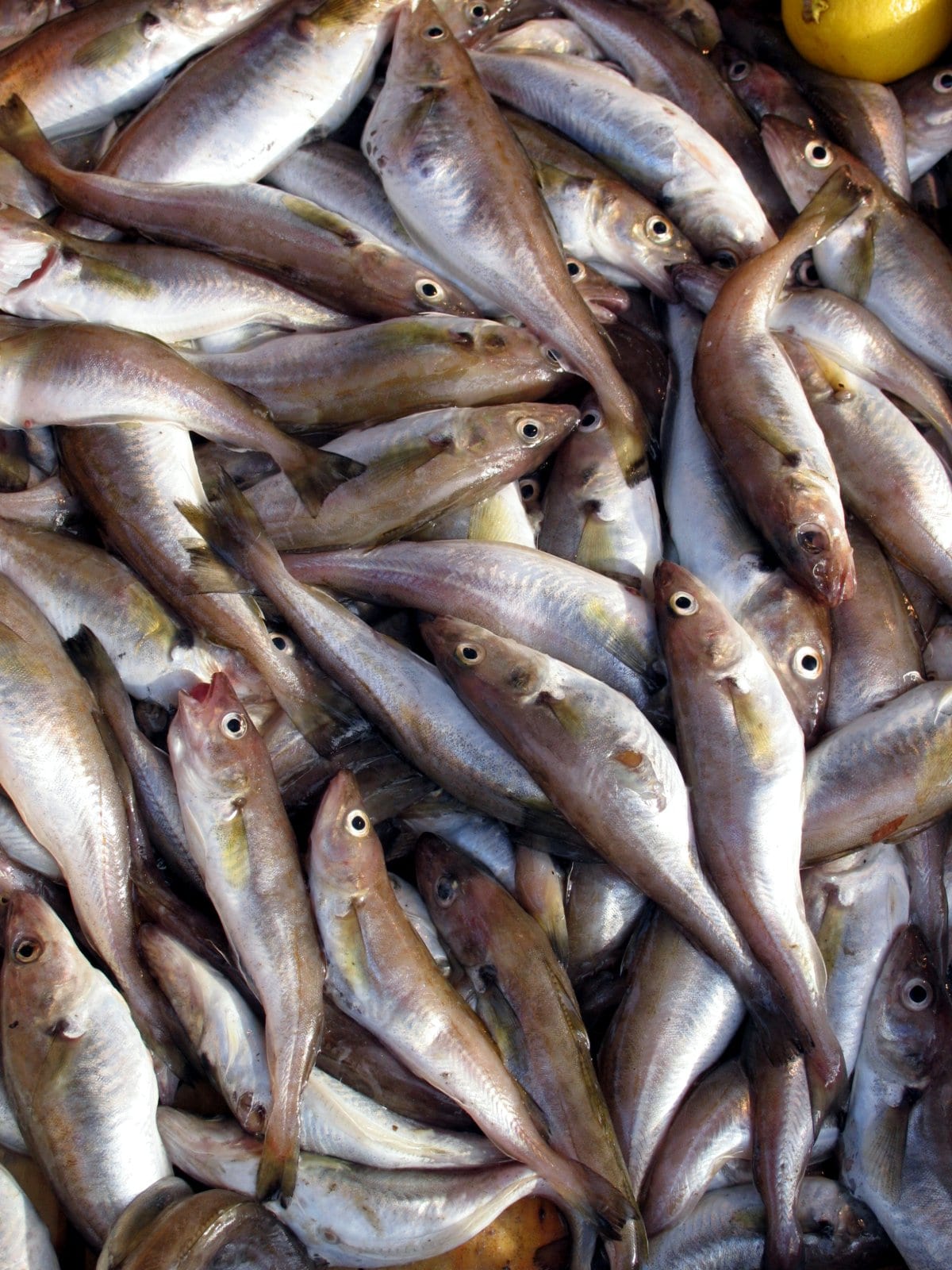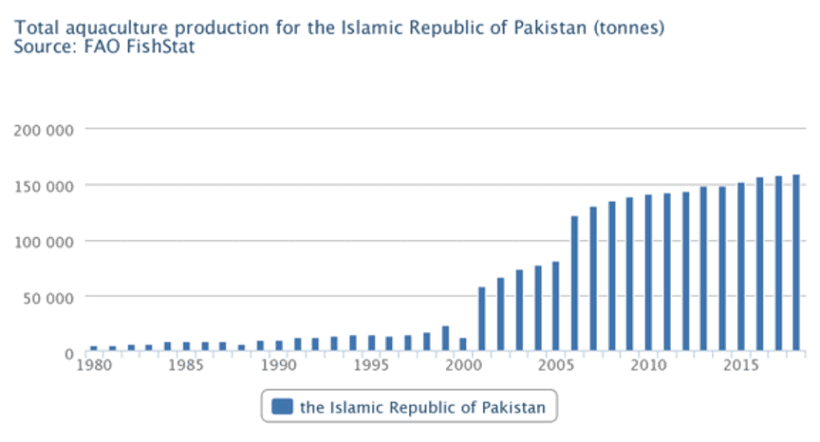Pakistan Aquaculture Industry Shows Great Potential to Support Country’s Food Security
- Category:
- Aquaculture
- General News

The COVID-19 pandemic has the potential to rock global food security on a scale and speed never seen before. As a result, USSEC is remaining fully engaged with international food providers to mitigate food insecurity. To that end, according to the Food and Agriculture Organization (FAO), Pakistan’s aquaculture industry has seen consistent year over year growth for nearly 20 years—making it a ripe target for supporting the country’s food security requirements. Following USSEC programming and advice, a Pakistani aquaculture company has successfully installed and commenced operations for the country’s third set of In Pond Raceway System (IPRS) technology, a production system designed to intensify and optimize fish production. USSEC introduced the technology in Pakistan through training seminars and subject matter experts. From there, USSEC targeted two early adopters with whom to build pilot projects in 2019. Using lessons learned from the pilot projects, Jarwar Farm, located south of Punjab Province, became the third adopter of the USSEC-supported technology to install the system in their operations. The government of Pakistan lifted the restrictions imposed on construction and allied industries due to COVID-19 on April 16, allowing them to start their construction work under strict protective measures. With this news, the project was able to greenlight groundbreaking and finish construction.
The original pilot projects also acted as experimental demo sites, as soy-based floating feed is promoted to show the potential earnings and efficiencies that can be gained by using the technology. In 2017-18, the aquaculture sector in Pakistan produced approximately 185 metric tons (MT) of fish in pond systems, and is currently producing approximately 200 MT. The impact on U.S. Soy will be in the increased production efficiencies of IPRS, which will create additional demand for U.S. soybean meal, used at a 15 to 25% inclusion rate for the floating fish feed. IPRS is a step toward the modernization of Pakistan’s aquaculture sector, which would help to enhance the production efficiency in the sector and ultimately will play a vital role to create growth in demand for U.S. Soy.
USSEC was able to markedly demonstrate a myriad of efficiency gains, including:
“The owners of Jarwar Farm visited the USSEC demo site and were very impressed with the results,” said Kamran Maqsood, owner of Punjab Fish Farm, an early adopter of the technology and design/construction consultants on the project. “As a result, they decided to install their own IPRS system to enhance production capacity and efficiency.” Initially starting at five cells, Jarwar now intends on installing ten more soon.
“I think this project exemplifies the USSEC spirit from beginning to end,” says Kevin Roepke, USSEC Regional Director – South Asia. “It started with technical trainings and seminars, evolved to an experimental pilot project and now is really beginning to scale. Even during the coronavirus pandemic and a construction cessation, we are still pushing science-based technologies forward to advance global food security.”

